5 Things You Need To Know About Use Concrete Power Screed
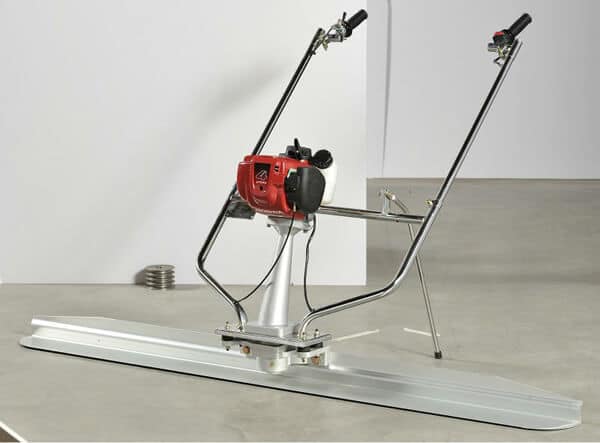
A Concrete power screed is a significant tool used in the construction industry to level screeding (wiki)
It has largely replaced laborious man held screed bars. A concrete power screed is capable of leveling the surface more efficiently than the conventional method. The screed makes the concrete long-lasting and durable. A commonly used manual push-able concrete screed is bound to do the flattening job for an area less than 500 square meters. The greater area requires a surge in manpower and additional working hours. This could result in inefficiency as well as exorbitance.
For a larger area, concrete power screed is always recommended for the sheer finishing. Not only it guards the surface against cracks and stains, but also it makes it look vibrant. Depending upon the type of terrain and area, there are numerous options for concrete power screeds to choose from. The number and size of blades depending on the type of surface.
Contents
Is Screed Stronger Than Concrete?
Most of the people are aware of concrete and its properties while very few know about screed. Both are used for building purposes and commonly serve the same purpose. Despite having almost the same ingredients, there is a minor difference that fabricates them differently. Smaller sized-sand results in a smoother screed.
Concrete and screed are both made up of cement, water, and other concentration such as gravel, pebble, and sand. The only difference is the amount of concentrated mix used. In screed, finely honed sand up to 4mm is used whereas concrete is a feeder with pebbles up to 20mm making the concrete shaggy.
Screed and Concrete have a different serving purpose. Concrete provides the much-needed strength to a building while screed is layered over the concrete floors. Screed layering provides a crimson and glossy surface.
Rough and rusty raw materials of the concrete mold it into a stronger mixture that the screed. A 100 mm concrete layer is required for domestic purposes. The screed layer is much thinner when compared to concrete. The screed layer’s thickness can vary from 25mm to 60 mm depending on the surface.
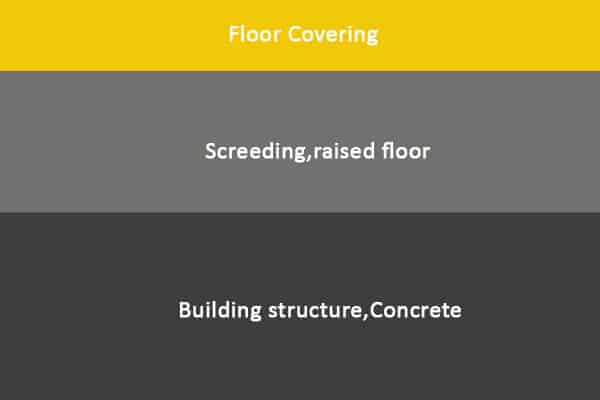
How To Use Concrete Power Screed?
The term ‘screed’ may be quite confusing to many. Sometimes it is referred to as the flashy layer over the concrete while some may get demented with the tool that flattens the screed.
The concrete power screed is an alternate for a 2*4 Fresno when a larger area has to be leveled.
Not only it enhances speed but also it is proven to be more effective. From a 2*4 hand-driven power screed to a gigantic vibrating screed, concrete power screed comes in many forms as per the requirements.
The most common type of screed available in the market is the vibrating handheld screeds. A metal screed bar is to a frame. The frame is equipped with a vibrating motor that is controlled by the operator. Push-Pull operation is controlled by the handle that leaped to change the directions too.
It is suited for patios and smaller residential complexes. It saves a lot of muscle power as the operator has only to control the speed and direction of the power screed. A screed length can vary from 2 feet to 16 feet. The screed can be easily detached and replaced when needed. For a 4 inch or higher flop, vibrator handheld screed is appropriate.
Tips To Use Concrete Power Screed
The task of using the power screed may look facile as all you have to do is control the machine. But a minute error in technique can change the texture to a greater extent. Here we have some tips for efficient use of concrete power screed.
- Concrete can spatter when it is dispensed from the chute. To protect the adjacent blocks and sidewalks, the use of duct tape is advised to control the splash.
- Always stream the concrete in smaller blocks. By moving the chute back and forth, try to even the spread of concrete as it is easy to roll over the concrete power screed on a smaller surface for a robust surface.
- The chunks of mortar and gravel can form a sprawling structure. A gentle run through on the primary return pushes the sprawled particles into the mixture deep.
- Immediately after the screed, the concrete slab needs to be leveled with the help of a bull float. Make sure the surface is slightly wet to form a shape. The bull float must be run in the perpendicular direction to the screed board. It automatically fills the valleys and ridges developed earlier during screed.
- Avoid over-trowelling the concrete surface. More force creates an uneven damping surface. As the water gets trapped inside the structure, it becomes vulnerable to breakdown and damages.
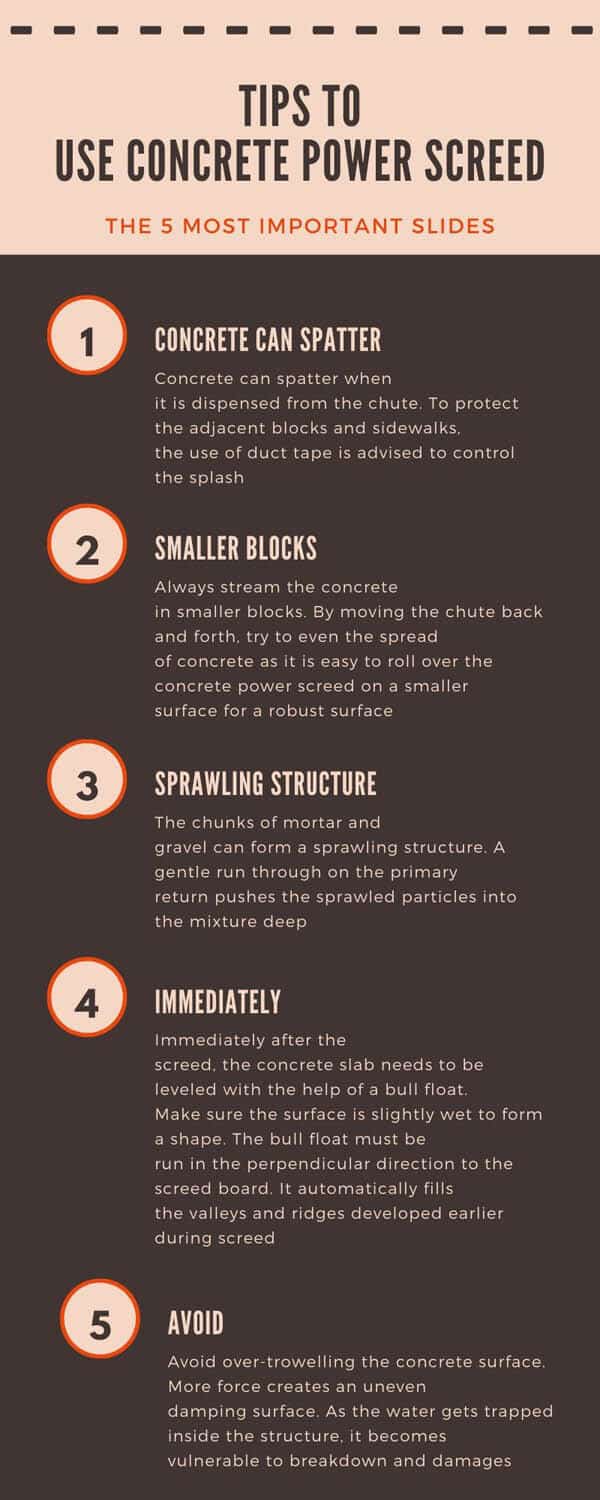
May other posts related to screeding may you are interested
All You Need To Know About Concrete Laser Screed
One invention leads to another. Earlier, concrete power screed took place of ordinary handheld screeds, now we have concrete laser screed that fills the voids in the previous technology.
A concrete laser screed not only levels the concrete but it also acts as a vibrator to settle the composition. There is a laser emitting device positioned well outside the pour. 2 laser receivers, hitched to the ends of screed, keeps the surface leveled during placement. Similar to handheld screeds, there is an auger fitted that vibrates the concrete.
Concrete laser screeds are known to produce a flat and strong surface as compared to the other conventional screeds. A self-leveling 3-D profiling system is used to level the concrete.
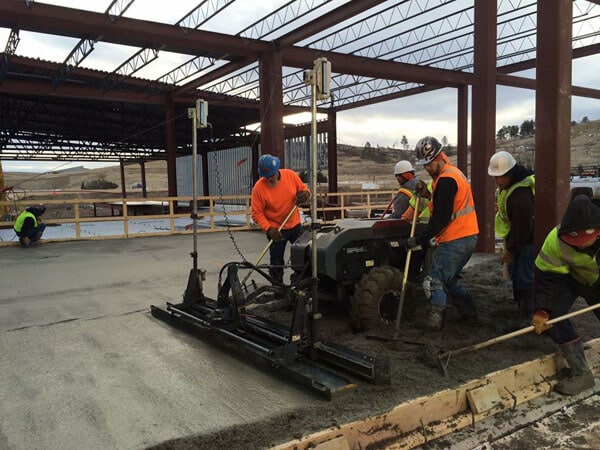
Advantages of Concrete Laser Screed
Concrete laser screed is used for large and tough surfaces. Talking about its speed, a 240 square feet surface can be leveled in a minute. A surface containing steel fibers can also be leveled with ease.
As nothing comes without flaws. Despite having many handy advantages it also has a few disadvantages that are understandable. It requires a skillful operator and the cost is quite arguable.
Considering the above factors, a concrete power screed is recommended over the conventional hand wiping of concrete and laser screed. The concrete power screed is a highly effective and affordable tool that will make the surface leveling and gleaming.
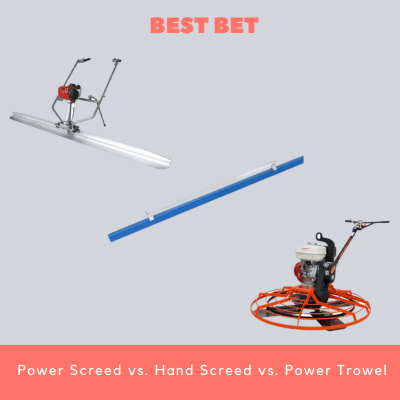
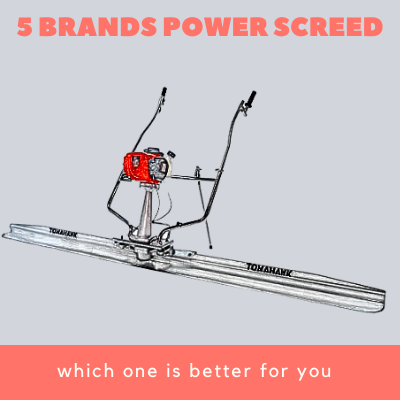
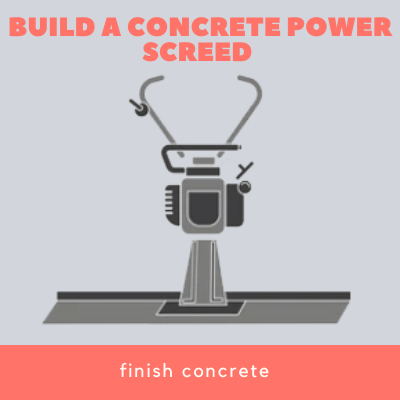
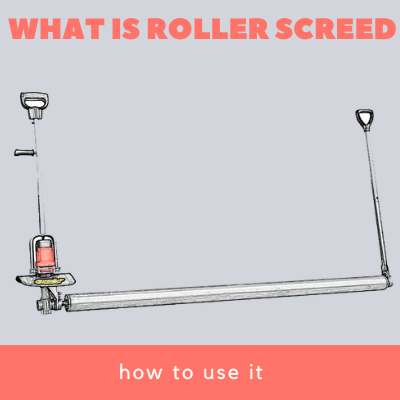
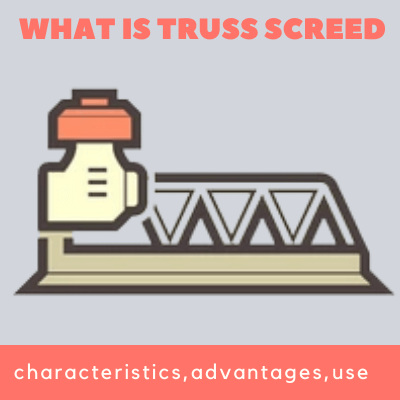
Leave A Comment